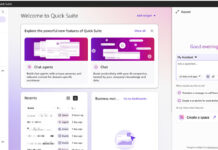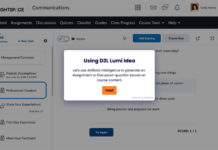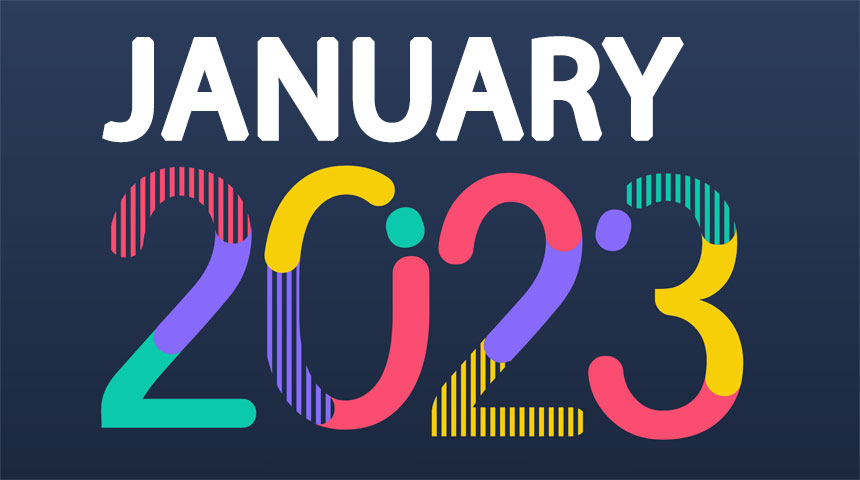Is your LMS LTI-compliant?
With the growing acceptance of the Learning Tools Interoperability (LTI) standard, and the 2.0 version on the horizon, LMS platforms are becoming more fluid, with content flowing in and out via many third-party tools.
LTI provides an open, standard way for third-party tools to connect to any LMS (Learning Management Systems); and a wide range of outside software can be implemented. Also, as an open standard, it avoids vendor lock-in. This means that if a school migrates to another LMS, existing third-party tools that are LTI-compliant will continue to work with the new system without needing to tinker any further.
Samples of third-party applications that are sitting out on the cloud include the video capture program Panopto; the digital storytelling and collaboration app VoiceThread, the anti-plagiarism software known as Turnitin, and an asynchronous learning tool called YouSeeU that can be used for online student presentations and discussions.
The Canvas LMS is leading the LTI charge. It maintains an LTI directory of compliant applications at edu-apps.org, listing over 125 apps. Included are familiar names like YouTube, Khan Academy, Twitter, WordPress, McGraw Hill Campus, CourseSmart, Ted Ed, Wikipedia and DropBox. Some apps require an administrator to install them, but others are designed for a user to plug into the LMS themselves.
A list of both platforms and tools that are certified to be LTI-compliant is maintained at www.imsglobal.org/lti/.
Some large institutions, like the University of Michigan and Western Governors University, are already building according to LTI standards.

 En Español
En Español










![OpenAI Released Apps that Work Inside ChatGPT and an SDK [Video]](https://iblnews.org/wp-content/uploads/2025/10/openaieventday-218x150.jpg)









